-
Historic Site: Sado Gold Mine
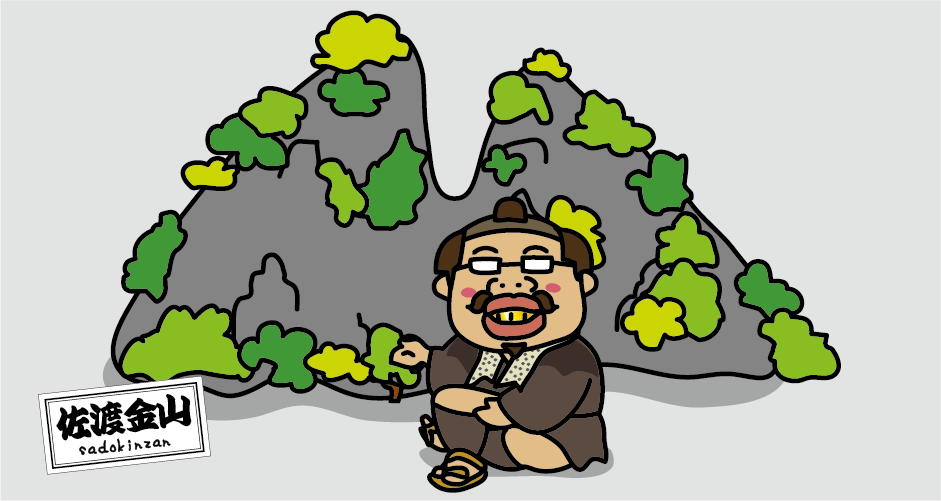
There is a 12.5kg solid gold bar at Sado Gold Mine Museum, but I couldn’t get it out with one hand! The Sado Gold Mine (officially named Aikawa Gold and Silver Mine) is the largest gold and silver mine in Japan, located on Sado Island in Niigata Prefecture. It was mined for 388 years from its discovery in the Edo period (1601) to its closure in the Heisei period (1989). The total length of the tunnels is 400 km, of which about 300 m is open to the public as a sightseeing course at the “Historic Site: Sado Gold Mine”. At the “Historic Site: Sado Gold Mine,” visitors can see […]
-
Basic knowledge of Gassho-zukuri houses
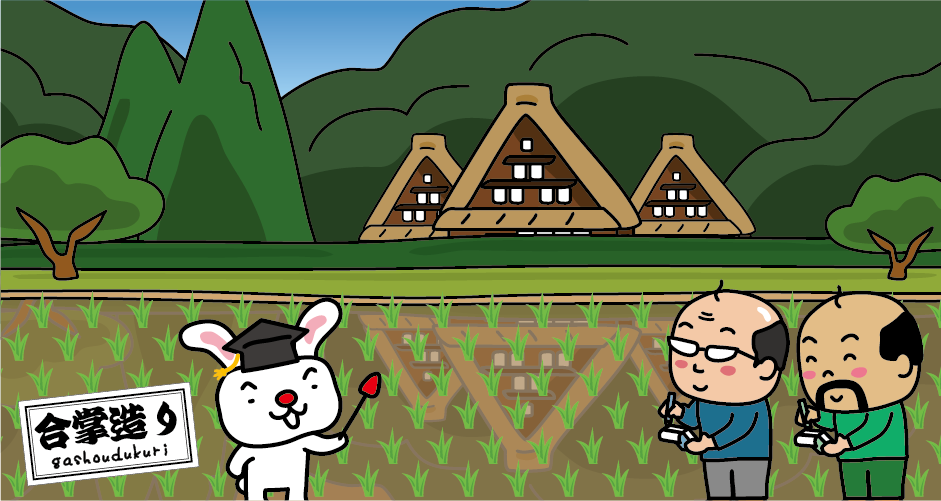
Basic knowledge of Gassho-zukuri houses that you should know before visiting the World Heritage “Historic Villages of Shirakawa-go and Gokayama” In the middle basin of the Sho River, the border between Gifu and Toyama prefectures, there are areas called Shirakawa-go (Shirakawa Village, Gifu Prefecture, part of Takayama City) and Gokayama (part of Nanto City, Toyama Prefecture). <Shirakawa-go / Gokayama area map> In the Shirakawa-go / Gokayama area, there are uniquely shaped thatched houses called “Gassho-zukuri” built between 100 and 400 years ago. There are no Gassho-zukuri thatched houses outside of Shirakawa-go and Gokayama. In 1995, the villages of Ogimachi in Shirakawa-go, Gifu Prefecture, Ainokura and Suganuma in Gokayama, Toyama Prefecture, […]
-
Gassho-zukuri houses in Shirakawa-go
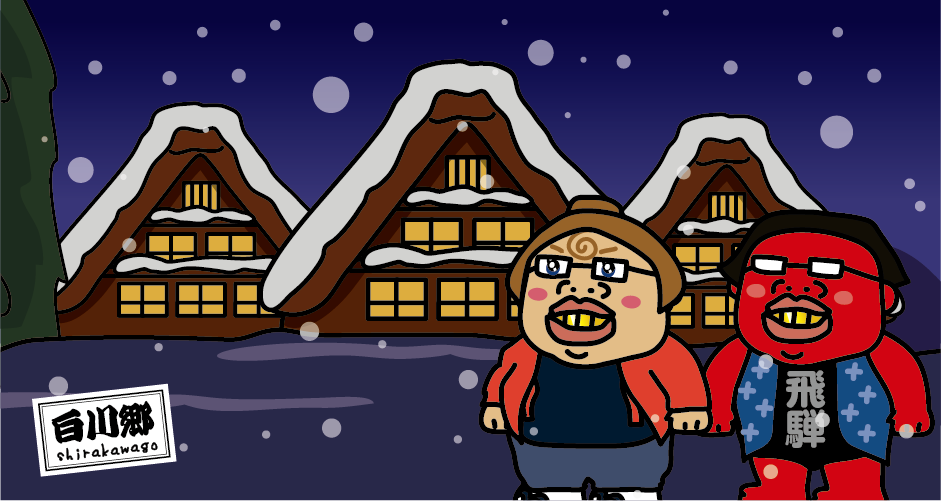
The snow-covered Shirakawa-go Gassho-zukuri village felt like going into a world of “Tales of Old Japan.” “Shirakawa-go” is in the upper reaches of the Sho River, which includes the northwestern part of Gifu Prefecture (adjacent to Toyama and Ishikawa Prefectures), the western edge of the Hida region, Shirakawa Village, and the Shokawa District of Takayama City (former Shokawa Village). Sometimes “Shirakawa-go” simply refers to Shirakawa Village. The Sho River is a steep mountainous area from the midstream to the upper stream, so it was an isolated and unexplored region with inconvenient transportation until the middle of the 20th century (1950s) when power generation dams such as the Miboro Dam were […]
-
Gassho-zukuri houses in Gokayama
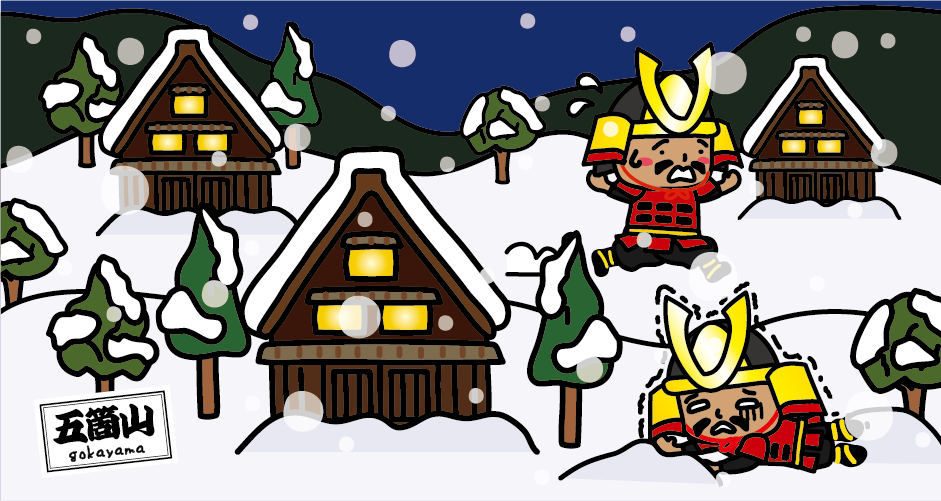
Gokayama may give you the impression of a peaceful and original Japanese landscape, but it was actually a military base where gunpowder was produced under the floors of Gassho-zukuri houses! “Gokayama” is a deep and rugged mountainous region located in the middle reaches of the Sho River, at the southwest tip of Toyama Prefecture (the border between Gifu Prefecture and Ishikawa Prefecture). Gokayama is a general term for 40 small villages and it is called Gokayama because it has 5 valleys (“go” means five and “yama” means mountain in Japanese). In Gokayama, there is a legend (end of the 12th century) that Heike refugees who were defeated by Yoshinaka Kiso […]
-
Miho no Matsubara Pine Grove (Legend of Hagoromo)

The Takigi Noh performed at Miho no Matsubara Pine Grove was actually a performing arts festival honoring French women!? Take a stroll through Miho no Matsubara Pine Grove while admiring the beautiful Mt. Fuji. Miho no Matsubara Pine Grove is a scenic spot on the east side of the Miho Peninsula in Shizuoka City, Shizuoka Prefecture. The 7km stretch of the beach, which is covered with 50,000 pine forests, and the beautiful scenery of Mt. Fuji overlooking Suruga Bay, has been written in many waka poems and haiku poems since the Heian period (end8th – 12th centuries), and has also been depicted in ukiyo-e prints during the Edo period (17th […]
-
Tomioka Silk Mill
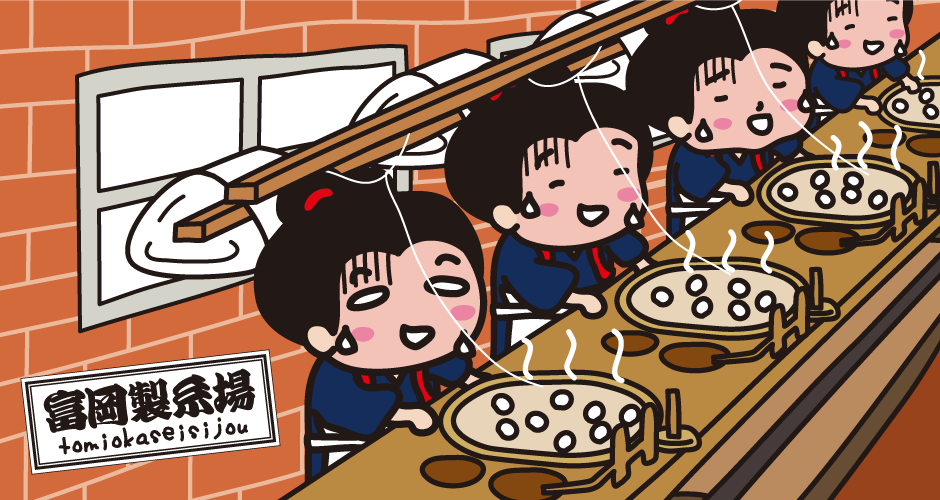
What is the common keyword for the World Heritage Site “Tomioka Silk Mill” and DIY? The hints are “Flemish Bond” and “English Bond”. In 2014, “Tomioka Silk Mill” in Tomioka City, Gunma Prefecture was registered as a World Heritage Site. At the end of Edo era when was immediately after opening the country, raw silk was Japan’s important product. In order to improve the quality of raw silk and its mass production, “Tomioka Silk Mill” was the machine filature factory established by Meiji government. At that time, it was the largest silk-reeling factory in the world. Its operation started in 1872. The management organization changed several times from the government […]
-
Nature cruising tour in the sea of Rausu in Hokkaido
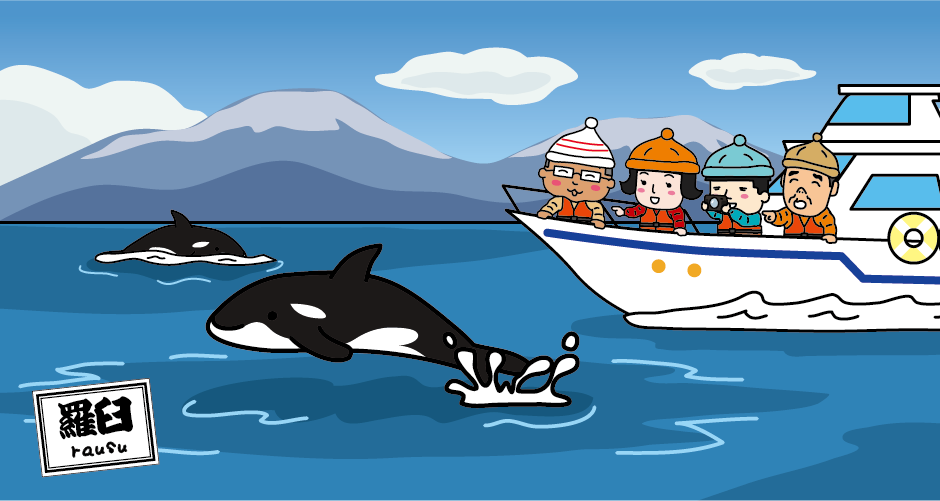
I’ve joined a nature cruising tour in the sea of Rausu in Hokkaido! You can enjoy drift ice & bird watching in winter and dolphin & whale watching in summer! The large panorama of the Shiretoko Peninsula and Kunashiri Island was spectacular! Rausu Town in Hokkaido is located on the east side of the Shiretoko Peninsula. In the Nemuro Strait off the coast of Rausu, you can enjoy a nature cruising tour that you can enjoy the magnificent scenery of the Shiretoko Peninsula, a World Natural Heritage Site, and Kunashiri Island in the Northern Territories. You can also observe marine mammals such as orcas, whales, and dolphins in summer, and […]
-
About the sculptures of Nikko Toshogu Shrine
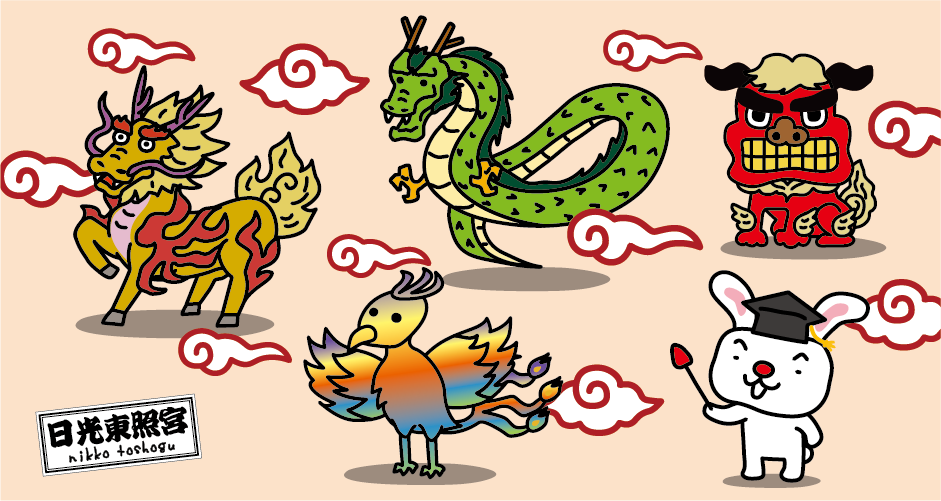
Monkey, cat, sparrow, elephant, eagle, tiger, lion, kylin, dragon … The world heritage “Nikko Toshogu” is a zoo of sculptures! “Nikko Toshogu Shrine”, located in Nikko, Tochigi Prefecture, is a shrine dedicated to Ieyasu Tokugawa, and it was built in 1617 based on the will of Ieyasu Tokugawa, the first shogun of the Edo Shogunate. Most of today’s shrines were rebuilt from 1634 to 1636 by the third shogun, Iemitsu Tokugawa. In the ground of the shrine, there are 55 shrine pavilions including 8 national treasures and 34 important cultural heritages and there are many highlights such as building designs and sculptures with vivid colors. In 1999, it was registered […]
-
Nishimikawa Placer Gold Mine (Gold Panning Experience)
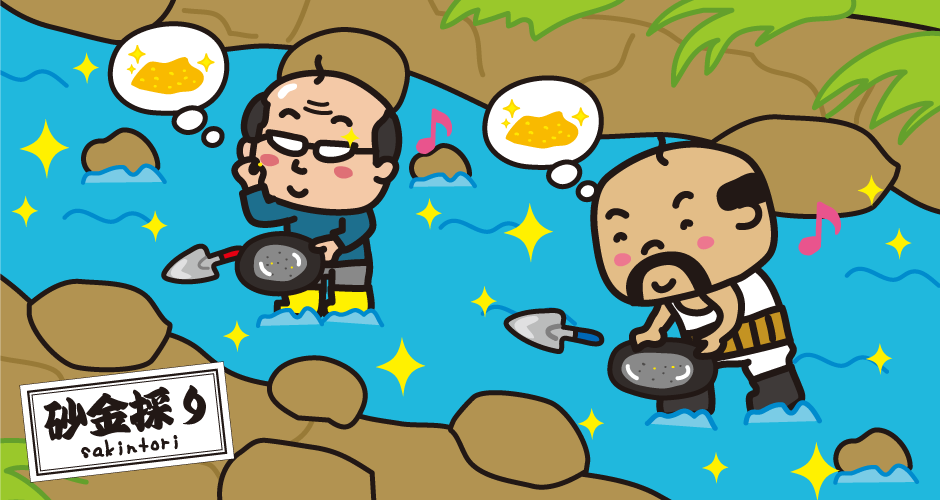
Everyone who wants to be a billionaire gather! Why don’t you pick up gold dust on the oldest gold mine in Sado Island, Nishimikawa Placer Gold Mine? Sado Island in Niigata Prefecture is a very famous for Sado Gold Mine as it called “Gold Island”, but in fact, there are 55 gold and silver mines on Sado Island. Among them, there are 4 main mines, such as Nishimikawa Placer Gold Mine, Niibo Silver Mine, Tsurushi Silver Mine, and Aikawa Gold and Silver Mine (commonly called Sado Gold Mine). In July 2024, it was decided that the Nishimikawa Placer Gold Mine was registered as a World Heritage Site as one of the […]
-
Sado Gold Mine and recommended sightseeing spots around the gold mine
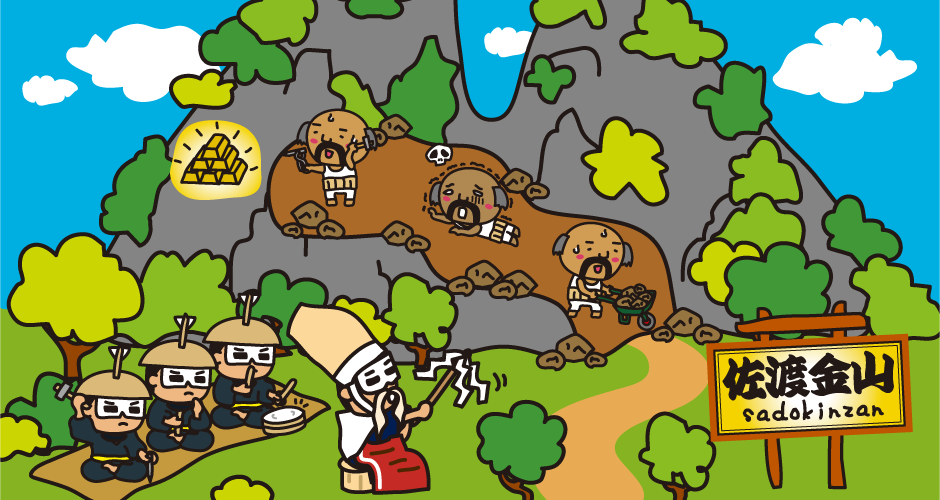
Actually, there is no mine named Sado Gold Mine on Sado Island. In Sado island, Niigata Prefecture, there was a mine that was the largest in Japan and was worldly famous. This time, I’m introducing “Sado Gold Mine” which is known as “island of gold”.Japan used to be called “Japan, the country of gold”. The reason was there were numbers of mines of gold and silver all over Japan. Especially “Sado Gold Mine” was different in scale with 400kg of gold and 40t silver per year at its best. These gold and silver supported the finance of Tokugawa Edo government. Its history dates back a long time ago and after it […]